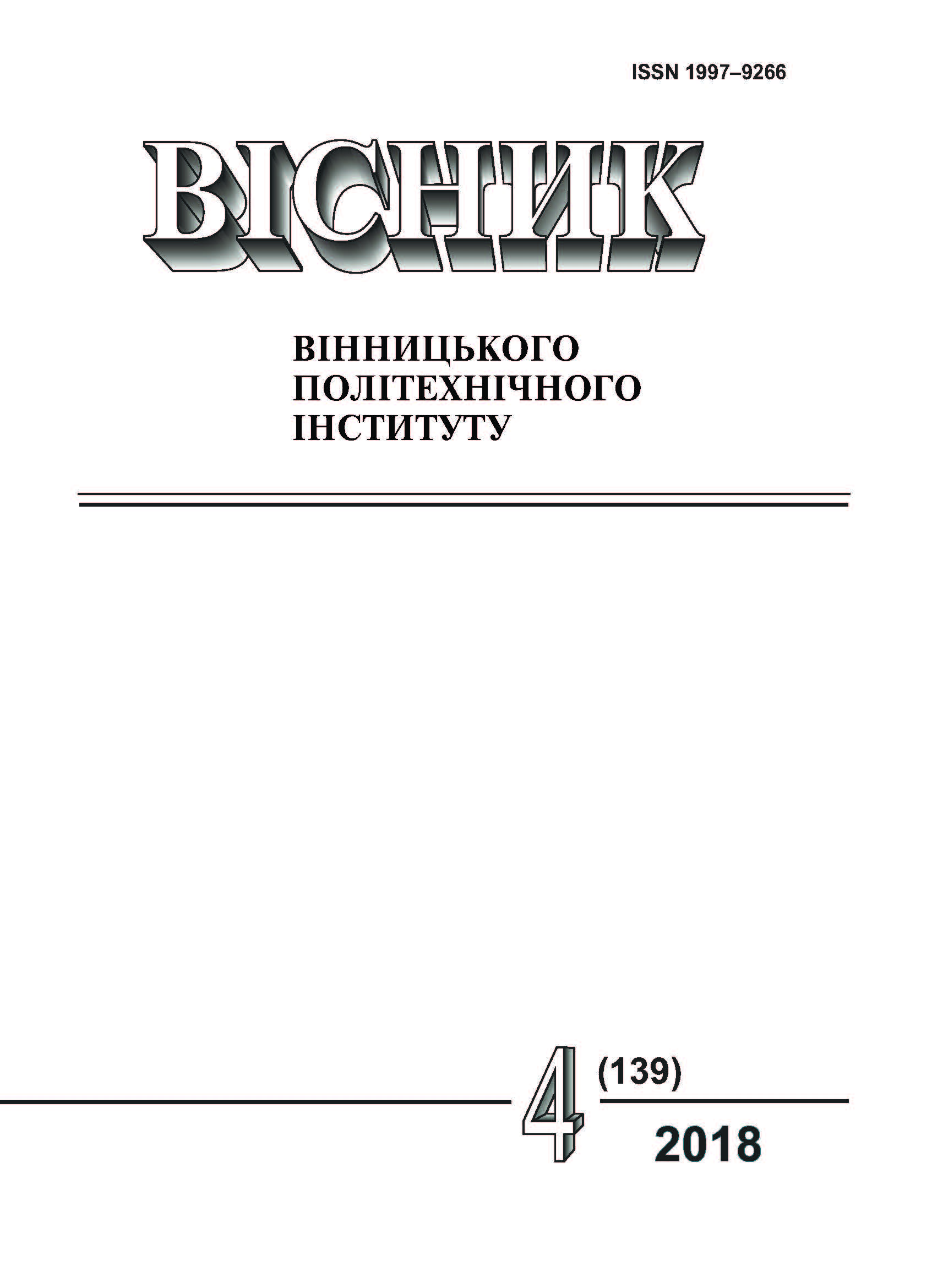МЕХАНІЧНІ ХАРАКТЕРИСТИКИ СТАЛЕЙ G3SI1 ТА СВ-08Г2
Ключові слова:
технологічний паспорт, діаграма пластичності, криві течії, показник напруженого стану, твердість, волочінняАнотація
Сформовано технологічний паспорт сталей G3Si1 і Св-08Г2С в стані поставки, який дає достатню для технолога уяву про поведінку матеріалу в пластичній області, що дозволить спроектувати безвідмовний процес волочіння дроту та виготовити якісну продукцію. Під час розробки технологічного паспорту сталей G3Si1 та Св-08Г2С досліджено зразки, які виготовлялись з одного мотка відповідної бухти катанки, що дозволило мінімізувати вплив випадкових факторів на складові карти матеріалу.
Криві течії є необхідними для розрахунку енергосилових параметрів, визначення напруження волочіння, а також моделювання процесу волочіння методом скінчених елементів (МСЕ) та суттєво залежать від партій поставки і виробника. Діаграми пластичності є надзвичайно важливою функцією для оцінювання можливості формозмінювання без руйнування за феноменологічними критеріями деформовності, причому пластичність сталі G3Si1 значно вища, ніж Св-08Г2С (це підтверджується виробничим досвідом), тому її можна рекомендувати до використання без проміжних відпалів. Так як процес волочіння має ознаки немонотонного (матеріал в осередку деформації із зони стиску переходить в зону розтягу) в результаті цього спостерігається ефект Баушингера. Коефіцієнт Баушингера в зоні розвинених деформацій досліджених матеріалів склав 0,14...0,16, що вказує на високу чутливість досліджених сталей до формаційної анізотропії. Цей факт треба враховувати, зокрема під час моделювання волочіння МСЕ. Оцінювання технологічної спадковості для процесу волочіння може бути здійснене за твердістю дроту після технологічної переробки. Побудований у роботі градуювальний графік «твердість (HV)–напруження (sі)–деформації (eі)» дає змогу оцінити твердість дроту після його волочіння, що є важливим для прогнозування якості продукції.
Посилання
О. В. Грушко, «Феноменологічні аспекти створення карт матеріалів для процесів холодного пластичного деформування», Обработка материалов давлением : сб. науч. тр., № 1 (34), с. 85-95, 2013.
А. В. Грушко, Карты материалов в холодной обработке давлением. Винница, Украина: ВНТУ, 2015.
В. А. Огородников, Деформируемость и разрушение металлов при пластическом формоизменении. Киев: УМК ВО, 1989.
О. В. Грушко, Ю. О. Слободянюк, «Криві течії катанки марок G3Si1 та Св-08Г2С», Обработка материалов давлением : сб. науч. тр., № 1 (42), с. 207-213, 2016.
П. Людвиг, «Основы технологической механики», Расчеты на прочность: сборник научных трудов, вып. 15, с. 130-166, 1970.
Г. Д. Дель, Технологическая механика. М.: Машиностроение, 1978.
П. Бриджмен, Исследование больших пластических деформаций и разрыва. М.: Наука, 1955.
Д. В. Хван, Повышение эффективности в обработке металлов давлением. Воронеж: изд-во Воронеж. ун-та, 1995.
##submission.downloads##
-
PDF
Завантажень: 218
Опубліковано
Як цитувати
Номер
Розділ
Ліцензія
Автори, які публікуються у цьому журналі, згодні з такими умовами:
- Автори зберігають авторське право і надають журналу право першої публікації.
- Автори можуть укладати окремі, додаткові договірні угоди з неексклюзивного поширення опублікованої журналом версії статті (наприклад, розмістити її в інститутському репозиторії або опублікувати її в книзі), з визнанням її первісної публікації в цьому журналі.
- Авторам дозволяється і рекомендується розміщувати їхню роботу в Інтернеті (наприклад, в інституційних сховищах або на їхньому сайті) до і під час процесу подачі, оскільки це сприяє продуктивним обмінам, а також швидшому і ширшому цитуванню опублікованих робіт (див. вплив відкритого доступу).





